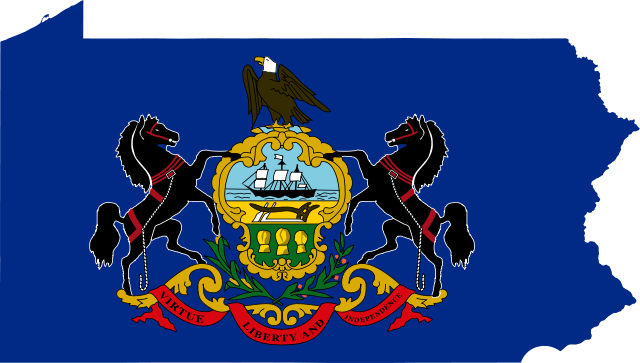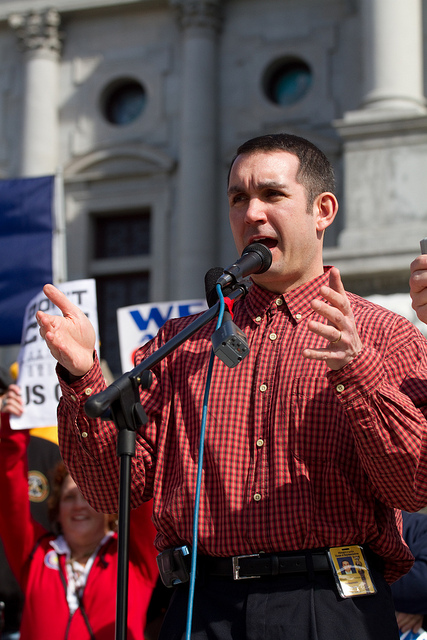Pennsylvania Gov. Tom Wolf, in stark contrast to his predecessor Tom Corbett, has been adamant that he is not on board with any sweeping changes to the state’s pension system – particularly the switch to a 401(k)-style system favored by many of the state’s Republican lawmakers.
But House Republicans re-iterated last week that pension reform remains their “No. 1 issue” going forward.
More from the Citizen’s Voice:
State Rep. Mike Tobash, R-Pottsville, who drafted pension reform legislation in the last House session, said he thinks both houses of the Legislature are ready to deal with the estimated $47 billion to $60 billion debt in the state pension fund.
“The senate has come out and said it is their No. 1 issue,” Tobash said. “I think House Republican leadership feels exactly the same way. This $50 billion-plus debt is crippling us in a number of ways. It is crushing our school districts. If we properly dissect it, and we come forward with a number of bills, we will be better able to answer the problem in the minds of the different stakeholders and really get something accomplished.”
[…]
Tobash said the Legislature is attacking this issue from its multiple points.
“A series of bills being presented attack it from different areas,” he said. “One bill is a straight shift from defined benefit to defined contribution, which is more like the private sector. I think it is an optimum plan we are going to bring to the fore. We also have to look at the expense side.”
[…]
Tobash said legislators are looking at four areas: Existing member concessions, “to help work our way out of this debt, like increasing employee contributions;” the way the state delivers benefits “that are enhanced. Maybe we can ratchet them back a little bit;” early buyouts. “These are people who are vested but not collecting. Maybe we can buy them out and realize some long-term savings,” and finally, dedicated revenue. “I think it is important for analysts to take a look at Pennsylvania and see we have a commitment to pay down this debt.”
Rep. Tobash is the author of legislation, introduced in the last session, that would shift new hires into a 401(k)-style system.
Photo credit: “Flag-map of Pennsylvania” by Niagara – Own work from File:Flag of Pennsylvania.svg and File:USA Pennsylvania location map.svgThis vector image was created with Inkscape. Licensed under CC BY-SA 3.0 via Wikimedia Commons – http://commons.wikimedia.org/wiki/File:Flag-map_of_Pennsylvania.svg#mediaviewer/File:Flag-map_of_Pennsylvania.svg

